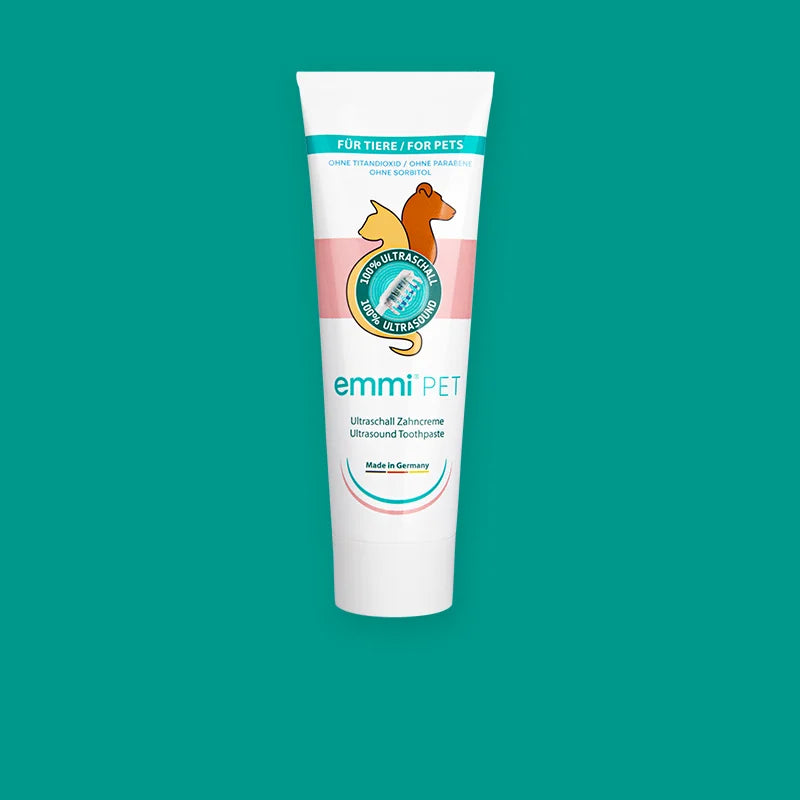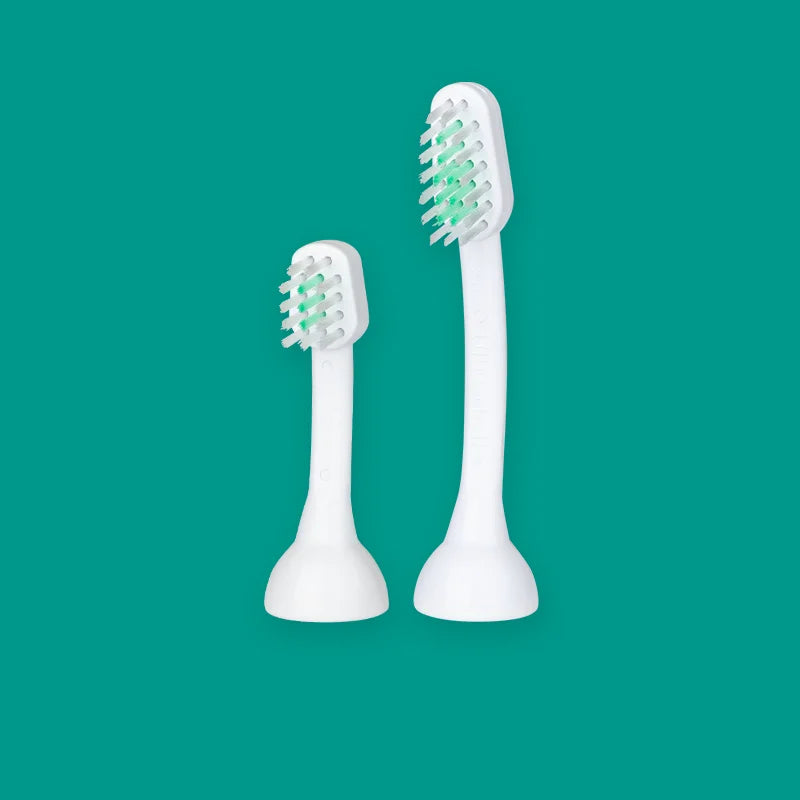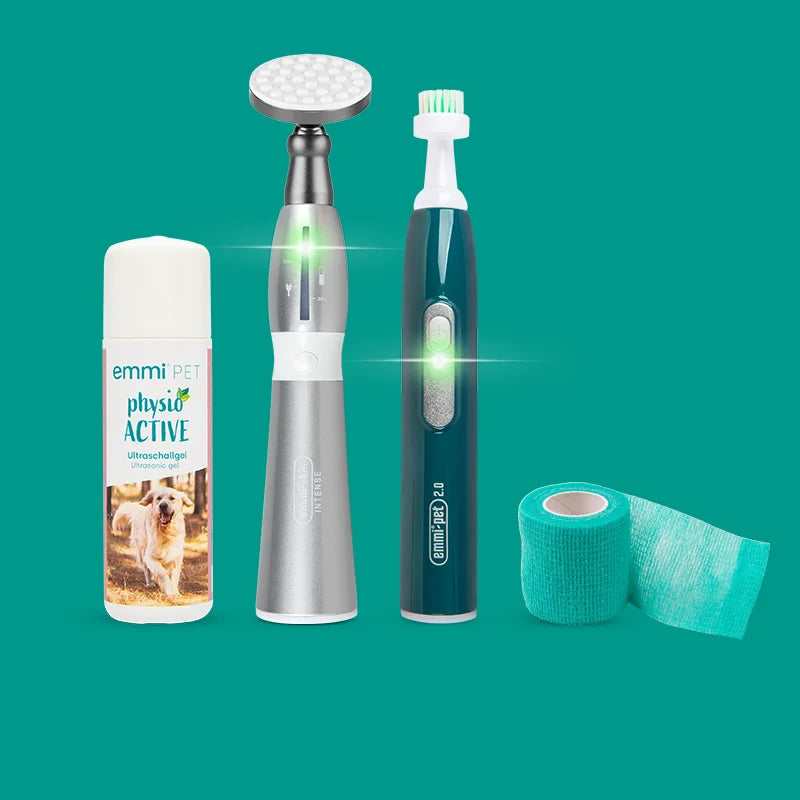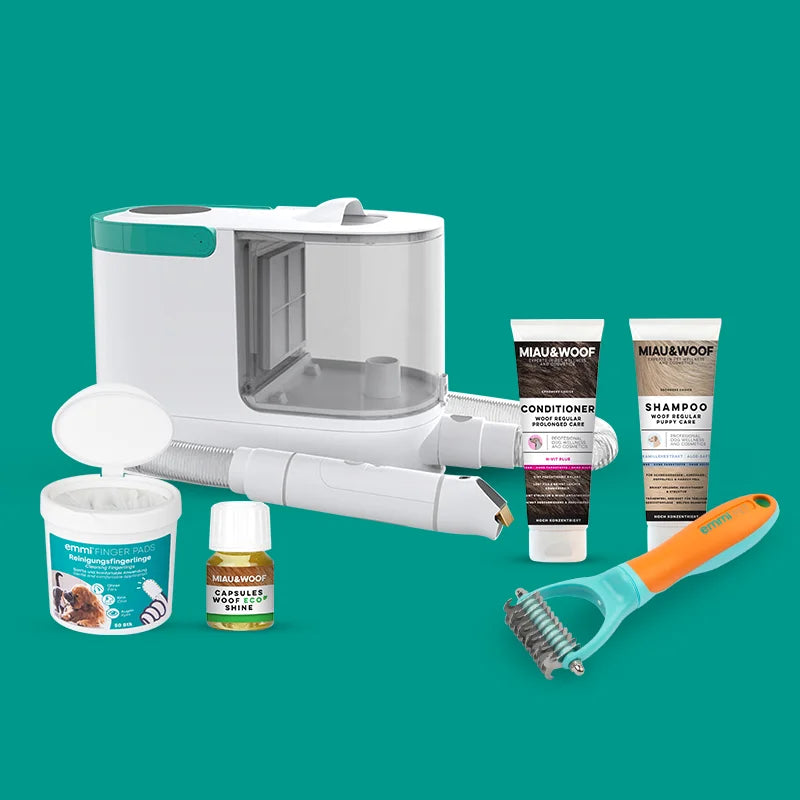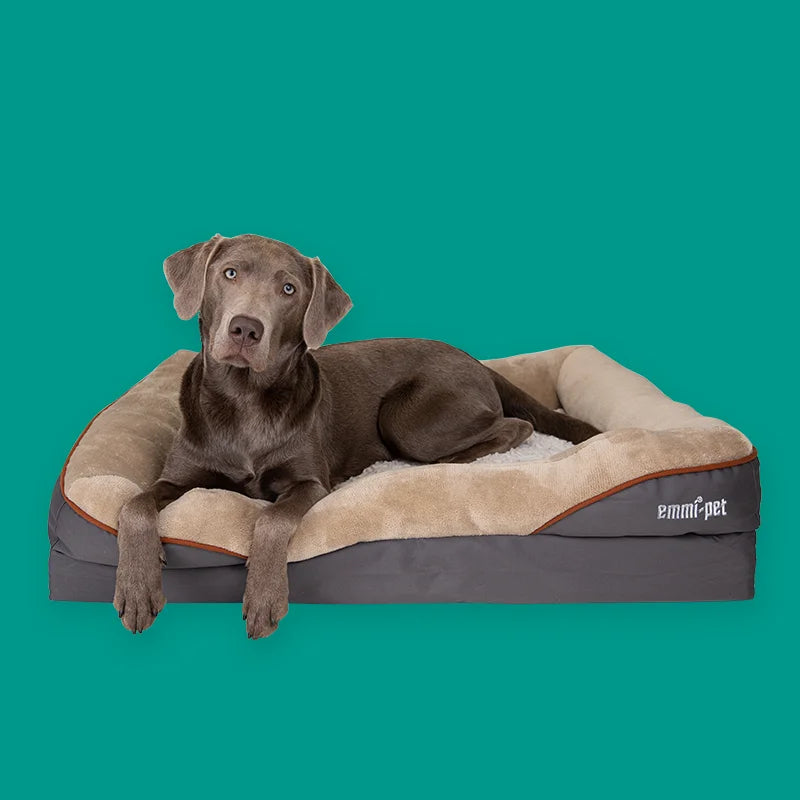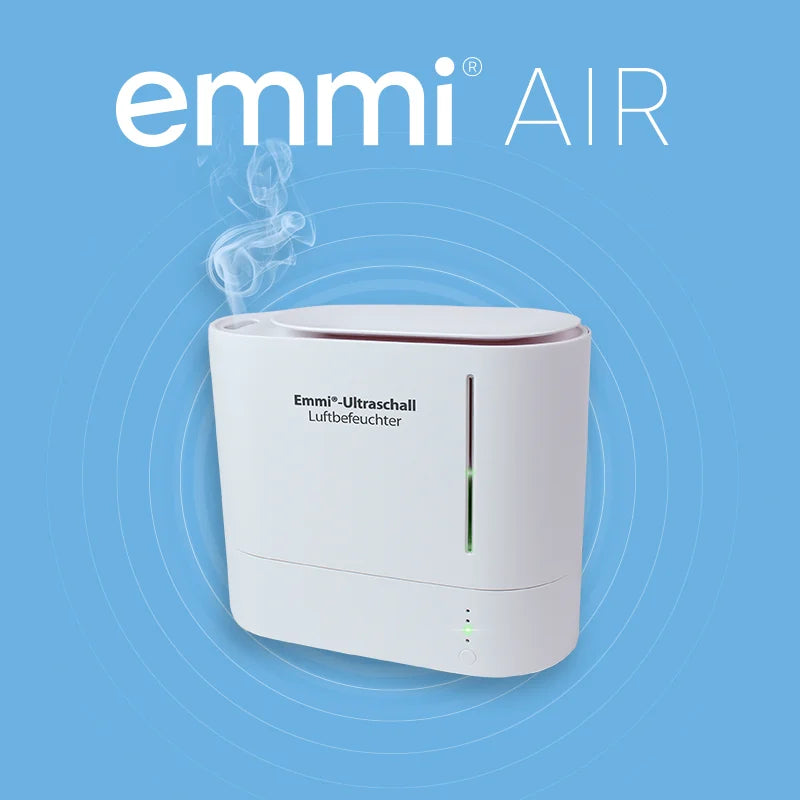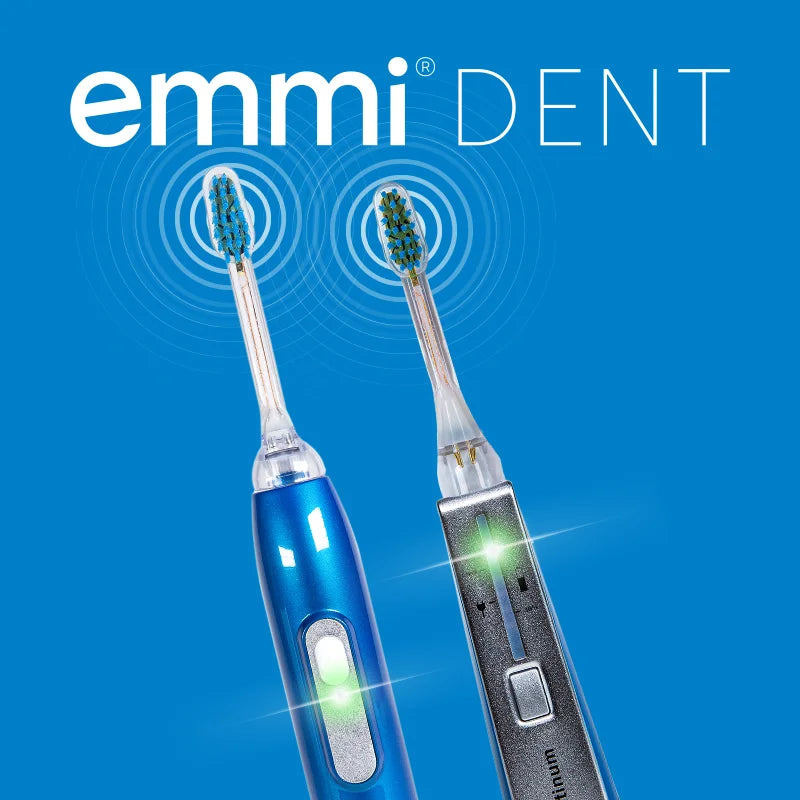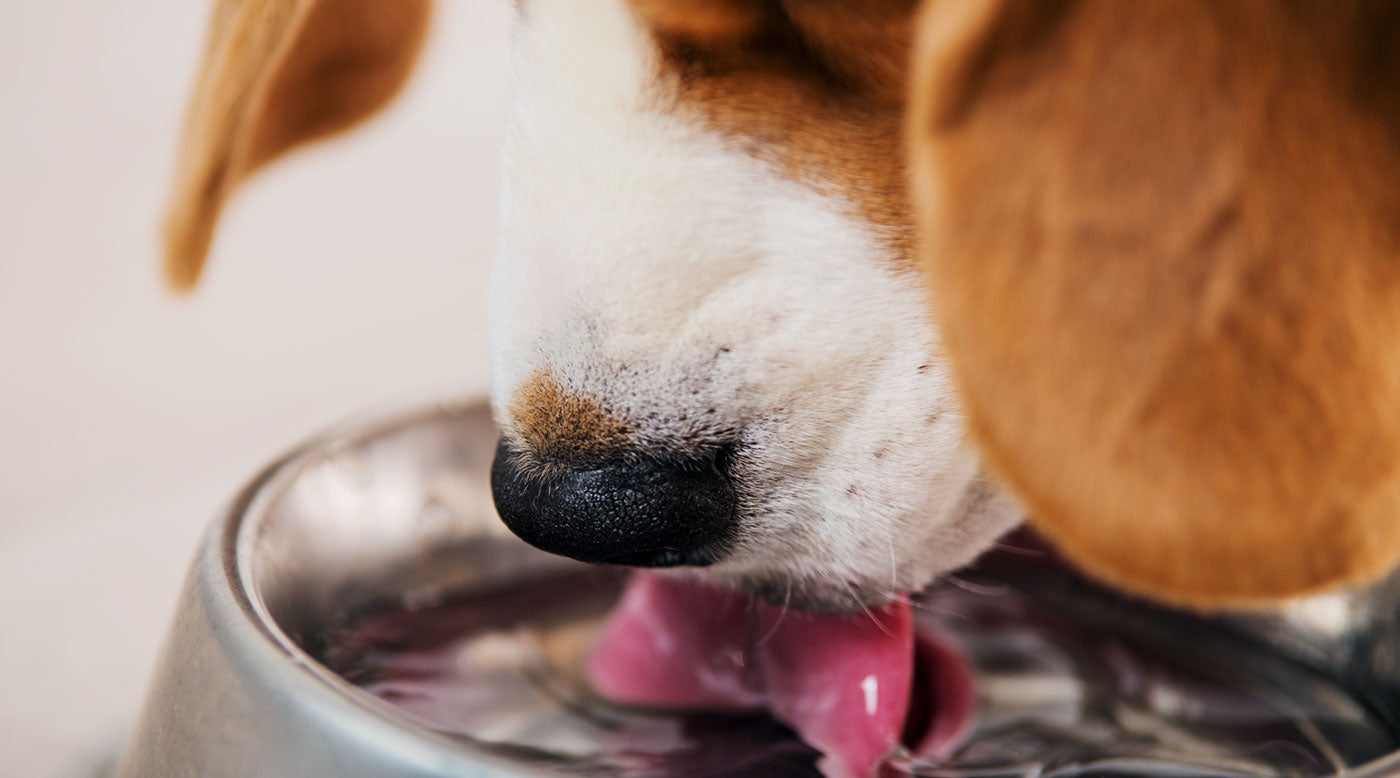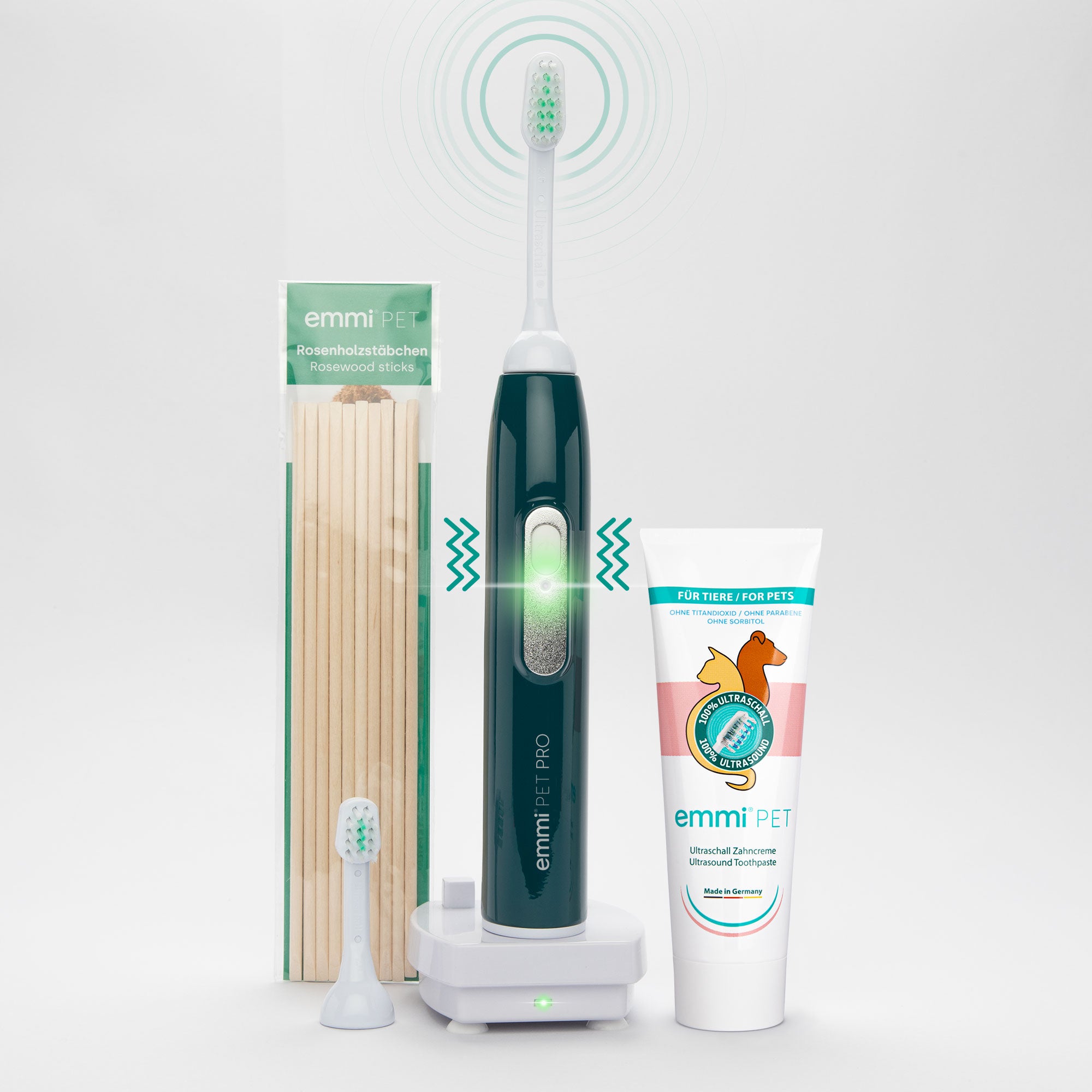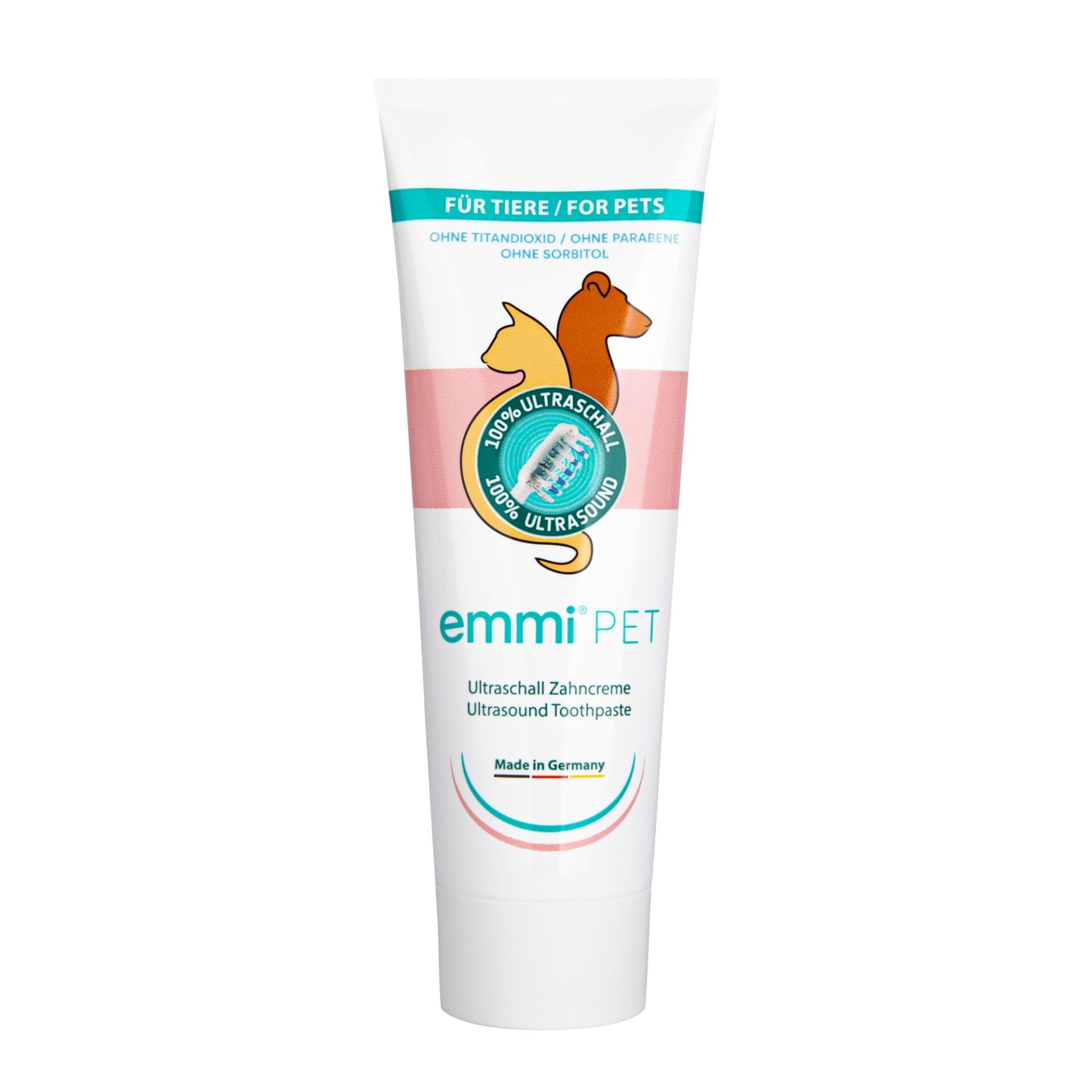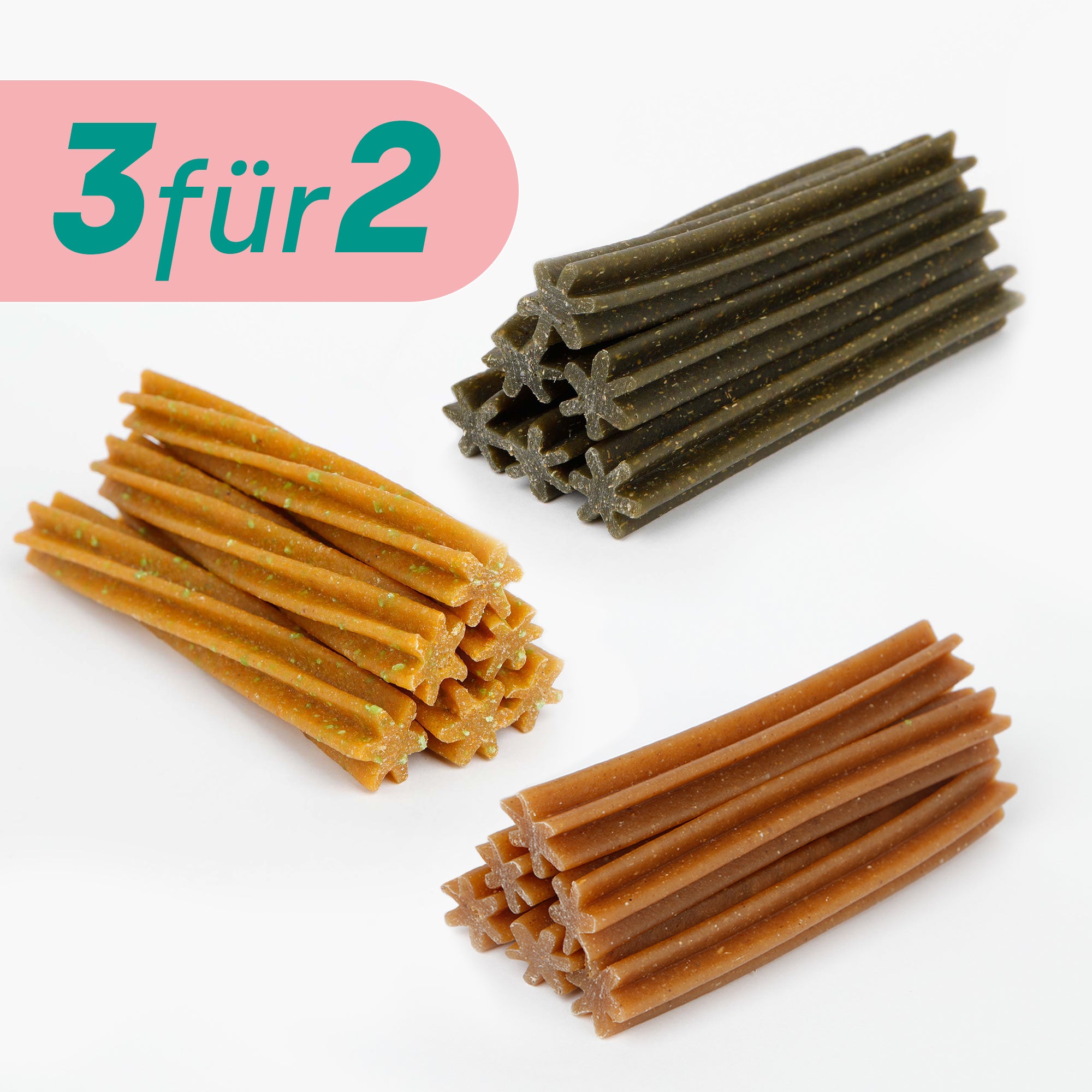It's summer, you're out and about together. Your dog is relaxing on your blanket in the park or peering curiously out the car window. The sun is shining, everything feels light. Until suddenly, an unpleasant smell hits you. Your dog's breath is harsh and almost pungent.
As you know, bad breath in dogs is more than just a cosmetic problem. It can be a serious sign of plaque, inflammation, or the beginning of dental problems. But the good news is: With a little attention and a well-thought-out grooming routine, the unpleasant odor can often be quickly and effectively alleviated.
In this article, we'll explain how you can achieve noticeably fresher breath in just 10 days. Benefit from everyday steps, modern technology, and wholesome snacks that your dog will enjoy while also supporting his oral flora.
Why does your dog's mouth smell?
Bad breath in dogs is usually caused by bacteria that settle on plaque, in gum pockets, or on the tongue. These microorganisms decompose food residues and produce foul-smelling gases. But there are other possible causes:
- Tartar and incipient periodontitis
- Leftover feed or inferior ingredients in the feed
- Inflammation in the mouth
- Diseases of the stomach, liver or kidneys
Approximately 70% of all dogs over 3 years old experience dental problems and bad breath is often the first warning sign.
10-day action plan against bad breath in dogs
With a well-thought-out plan, some consistency, and the right care, you can noticeably improve your dog's breath within ten days. Here's how to proceed step by step to gently, effectively, and sustainably reduce bad breath. Completely stress-free for your four-legged friend.
Day 1: Gentle mouth check at home
Start with a careful visual inspection: Look for redness, tartar, noticeable plaque, or foreign bodies. If you're unsure or your dog is particularly sensitive, jot down your initial observations for a possible veterinary consultation.
Day 2: Obtain veterinary assessment (if necessary)
If your dog shows clear signs such as a strong odor, drooling, or bleeding gums, you shouldn't hesitate to make an appointment. Early diagnosis prevents subsequent damage and gives you peace of mind.
Day 3: Adjust food and snacks
Check the food for hidden sources of sugar or low-quality additives. Eliminate sugary treats and replace them with tooth-friendly alternatives. Choose high-quality wet or dry food that supports healthy oral flora.
Day 4: Start dental care with our emmi-pet
Introduce our emmi-pet ultrasonic toothbrush Its silent cleaning without friction or vibration is ideal for sensitive dogs. A short application is enough to specifically reduce bacteria.
Day 5: Create positive connections
Reward your dog after dental care with praise or a healthy snack. This creates a pleasant routine that will be accepted in the long term, and the daily ritual becomes a shared moment.
Day 6: Introduce Power Dental Sticks
Now's the time to focus on supportive snacks with natural ingredients. These not only combat odor but also promote the health of gums and mucous membranes.
Day 7: Actively promote drinking behavior
Provide several water bowls and, if necessary, use flavored water to stimulate saliva flow, as a dry mouth promotes odor development.
Day 8: Check environment and stress factors
Stress can disrupt the balance of oral flora. Ensure rest periods, avoid overexertion, and create a relaxed atmosphere. This will also strengthen your dog's immune system.
Day 9: Intensify and vary care
Repeat the ultrasonic cleaning with our emmi-pet, combine it with gentle products such as our cleansing pads for sensitive areas Variety prevents boredom and keeps care effective.
Day 10: Check results and consolidate routine
Assess your dog's breath, chewing behavior, and gums. What has changed? Stick to the new grooming routine consistently, because true freshness begins with daily attention and routine.
Common mistakes in mouth care and how to avoid them
Even the best grooming plan can falter if small, unconscious habits creep in that undermine its success. To ensure your dog benefits from a healthy mouth and fresh breath in the long run, you should pay particular attention to the following pitfalls:
- Bad breath is covered up instead of treated
Perfume sprays or scented treats only superficially conceal the problem. Halitosis is caused by bacteria and inflammation, and that's precisely where care must begin. - Dental care is too irregular
Spontaneous cleanings or prematurely discontinuing the routine are unlikely to yield success. Only consistency can reduce plaque and stabilize the oral flora. - Snacks with sugar or artificial additives
Many commercially available treats contain ingredients that actually promote bacterial growth. Look for high-quality, tooth-friendly alternatives without sugar or synthetic flavors. - Mouth checks are carried out too rarely
Those who never look in the mouth miss the first warning signs. Redness, plaque, or minor injuries often go unnoticed and can worsen unnoticed.
Even small changes in your daily routine often make a big difference. If you consciously focus on quality, regularity, and mindfulness, your dog can benefit sustainably from fresh breath and healthy oral care.
emmi-pet ultrasonic toothbrush: The gentle helper against bad breath
Our emmi-pet ultrasonic toothbrush was specially developed for the special needs of pet teeth. It focuses on gentleness, safety, and effectiveness. It operates completely silently, without vibration, and without friction. This makes it particularly suitable for sensitive dogs who reject conventional toothbrushes or are sensitive to touch in the mouth area.
Cleaning is achieved using state-of-the-art ultrasonic technology: Up to 96 million air vibrations per minute break down harmful bacteria, even in hard-to-reach areas. All this without the need for a brush, using only contactless microvibrations.
This is how easy it is to use:
- Lightly moisten the brush head and apply the special emmi-pet toothpaste
- Hold the toothbrush gently against your teeth and gums – about 30 seconds per side
- Afterwards, praise, reward and, if necessary, complete the care with a tooth-friendly dental stick
Our Dental Sticks are more than just a treat. They combine tasty chewing pleasure with targeted dental care. Their special texture promotes mechanical cleaning of the tooth surfaces, stimulates saliva flow, and thus helps naturally reduce bacteria and plaque.
FAQ – 5 frequently asked questions about halitosis in dogs
Bad breath in dogs is not only unpleasant, but can also indicate serious changes in the mouth. Here you will find answers to the most important questions about halitosis in dogs.
How do I know if my dog has halitosis?
Persistently bad breath, especially in the morning or after eating, can be an early warning sign. Often accompanied by a sweet, foul odor, which indicates bacteria or inflammatory processes.
Is it enough to simply brush your teeth more often?
Regular dental care helps, but only with the right technique. Ultrasonic cleaning with the emmi-pet is particularly thorough yet gentle, and completely friction-free or noisy.
Can I use regular toothpaste?
Please don't. Human toothpaste contains ingredients that are incompatible or even dangerous for dogs. Only use special toothpastes tailored to your dog's needs.
How quickly will you notice an improvement in your breathing?
Noticeable results can be seen after just three to ten days, provided that care, nutrition, and drinking habits are coordinated effectively.
Is dental care also possible for small or older dogs?
Yes. Our emmi-pet is ideal for dogs of all ages and sizes. The gentle cleaning without mechanical pressure is especially recommended for senior dogs. For puppies, we recommend starting with our HappyDentalCare Puppie Set .

